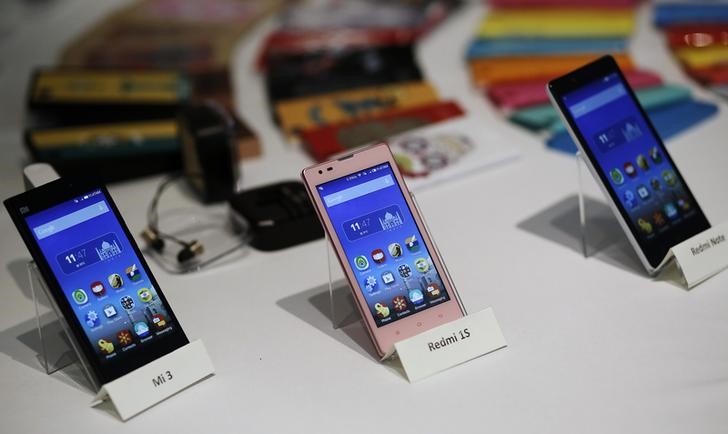BofA sees higher gold prices, likely to hit $5,000/oz in 2026
Investing.com -- Rising memory prices are reshaping the economics of the smartphone sector, with the pressure falling unevenly across brands and product tiers.
In a new analysis, brokerage firm Bernstein shows that the sharp jump in DRAM and NAND prices since the second half of 2025 is set to squeeze margins for Android manufacturers, particularly those competing in the low-to-mid-range segment, while high-end models and Apple’s supply chain appear more insulated.
Analysts led by Alex Wang point to “strong demand from hyperscalers for AI” as the engine behind the rally.
Get deeper insights into how rising memory prices affect smartphone makers and their supply chains by upgrading to InvestingPro - get 55% off today
Mobile DRAM contract prices for the fourth quarter are expected to rise 30–40% quarter-on-quarter, with further increases likely into the first half of 2026.
NAND pricing is also climbing, though at a milder pace. Suppliers “are very adamant on price increases currently,” the analysts write, with supply constraints expected throughout the entire 2026.
The impact varies sharply by device tier, according to Bernstein. Memory makes up about 4% of an iPhone’s average selling price, 7% for a Xiaomi flagship, and more than 10% for a Redmi-branded mid-range phone. Analysts estimate that a 40% rise in memory prices could cut Xiaomi’s smartphone gross margin by 2–3 percentage points.
They note that Xiaomi “may pass some cost hikes to consumers,” though that risks affecting volumes. Its recent pivot toward higher-end models offers some protection, with the Xiaomi 17 series seeing a 30% shipment increase and an 80% mix of Pro versions.
For the broader Android market, historical cycles show that OEM margins tend to expand during memory downturns and tighten during upcycles.
Xiaomi and Transsion both saw gross margin expansion in 2022–23 when memory prices fell more than 50%, then experienced pressure in the first half of 2024 as prices rebounded. The margin effect typically lags memory pricing by about one quarter.
Component suppliers feel the squeeze as well, but unevenly. For instance, camera lens makers are less exposed due to a more consolidated market and higher technical barriers.
Modules, by contrast, tend to see delayed margin pressure as OEMs renegotiate budgets.
The analysts expect the current upcycle to curb camera budgets for low-end Android models next year, potentially delaying upgrades, while high-end Android and Apple suppliers face minimal disruption.
Sentiment across the Android supply chain remains cautious, with rising memory prices weighing on budgets and complicating planning for next year. Against that backdrop, Bernstein also revisits the outlook for one of the sector’s key component suppliers.
In its bear case for Sunny Optical, a major Chinese supplier of smartphone camera components, the analysts assume no smartphone revenue growth and some margin deterioration in low-to-mid-range products, yet still see modest revenue and EPS growth in 2026.
“Near-term, there’s a general dislike of the Android supply chain due to China subsidy roll-off and rising memory prices. However, we believe the concern over Sunny is overstated and suggest accumulating before the next earnings release,” analysts wrote.
As memory prices continue rising into early 2026, the sector is adjusting. OEMs are reassessing product mixes, suppliers are navigating tighter budgets, and consumers may face higher handset prices—especially at the lower end of the market.
